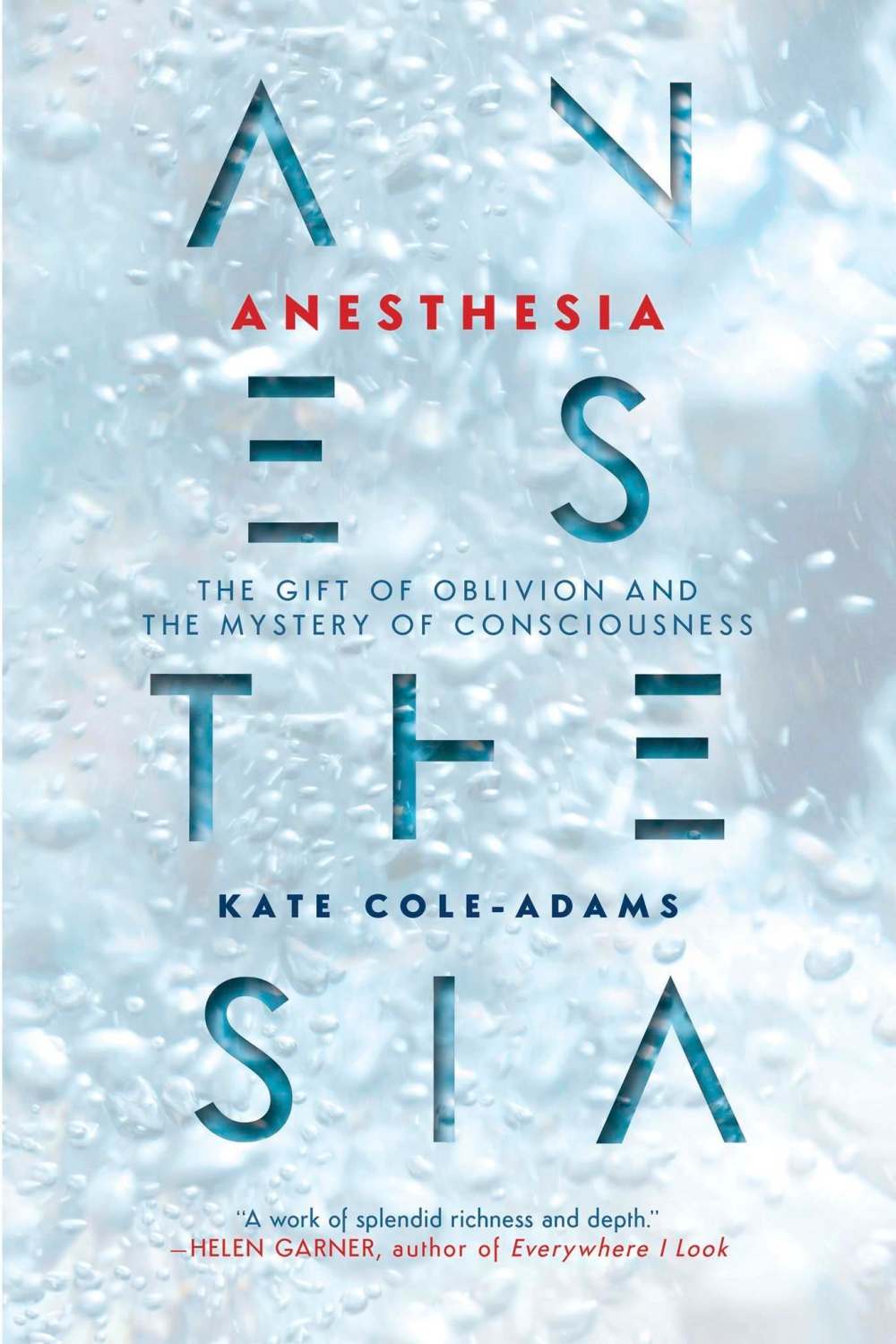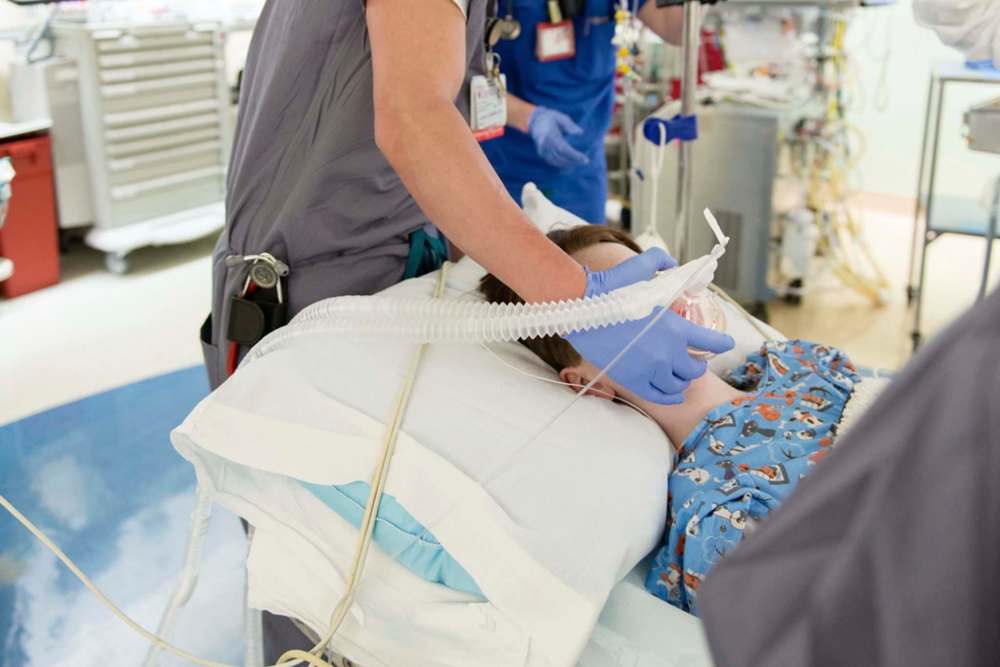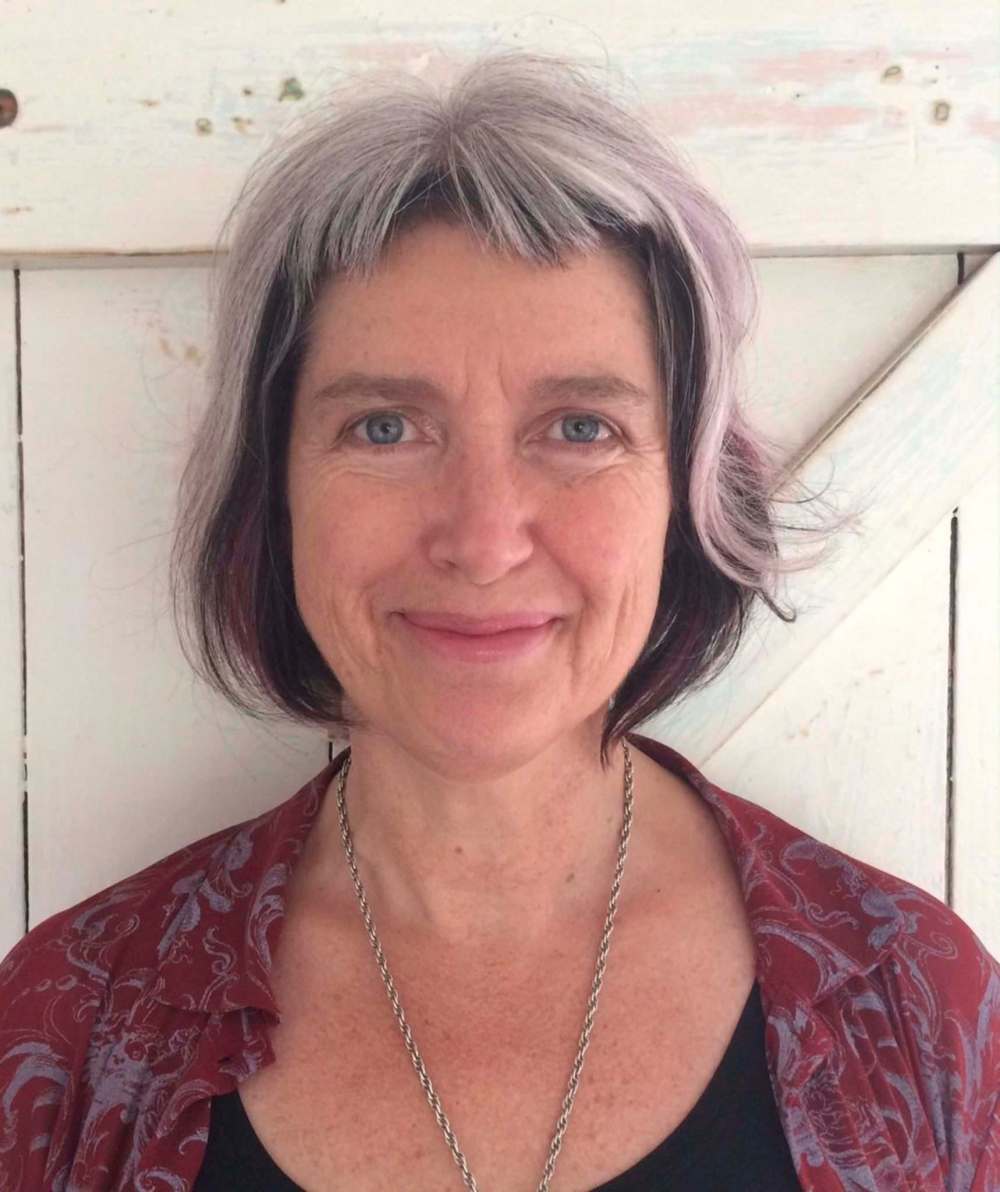Going under
History of anesthesia, while foggy, remains fascinating
Advertisement
Read this article for free:
or
Already have an account? Log in here »
To continue reading, please subscribe:
Monthly Digital Subscription
$0 for the first 4 weeks*
- Enjoy unlimited reading on winnipegfreepress.com
- Read the E-Edition, our digital replica newspaper
- Access News Break, our award-winning app
- Play interactive puzzles
*No charge for 4 weeks then price increases to the regular rate of $19.00 plus GST every four weeks. Offer available to new and qualified returning subscribers only. Cancel any time.
Monthly Digital Subscription
$4.75/week*
- Enjoy unlimited reading on winnipegfreepress.com
- Read the E-Edition, our digital replica newspaper
- Access News Break, our award-winning app
- Play interactive puzzles
*Billed as $19 plus GST every four weeks. Cancel any time.
To continue reading, please subscribe:
Add Free Press access to your Brandon Sun subscription for only an additional
$1 for the first 4 weeks*
*Your next subscription payment will increase by $1.00 and you will be charged $16.99 plus GST for four weeks. After four weeks, your payment will increase to $23.99 plus GST every four weeks.
Read unlimited articles for free today:
or
Already have an account? Log in here »
Hey there, time traveller!
This article was published 13/01/2018 (2904 days ago), so information in it may no longer be current.
In this, her first memoir, Australian journalist and novelist Kate Cole-Adams describes anesthesia as “perhaps the most brilliant and baffling gift of modern medicine: the disappearing act that enables doctors and dentists to carry out… procedures that would otherwise be impossibly, often fatally, painful.”
For nearly two decades, Cole-Adams has explored the history, science, mysteries and failings of general anesthesia. She has travelled widely to interview researchers and patients and to observe surgical subjects who have been put into “chemical comas.”
As much as Cole-Adams’ interest in anesthesia is professional, it is also personal. Contemplating her own spinal surgery, she develops “a dread of the moment when the anesthetic drugs would take effect and I would cease to be.” As well, she worries that upon awaking, she won’t “be the same in some essential way.”

Although anesthesia has been practised for nearly two centuries, Cole-Adams’ concerns are understandable given that it is “an inexact science” and “a sophisticated form of guesswork.” In fact, practitioners cannot ascertain with absolute accuracy that a patient is anesthetized at all, never mind how deeply.
The reader quickly comes to understand that the practice of anesthetizing patients is rife with philosophical and ethical dilemmas. Cole-Adams highlights the issues by relating the stories of Rachel Benmayor and Carol Weihrer, women who endured the ordeal of “accidental intraoperative awareness.”
Benmayor came to consciousness during a caesarean, but because she had been given a paralytic as part of her anesthetic cocktail, could not alert the doctor to her distress. The aftereffects continue to ripple through her life, sometimes in surprising ways.
Similarly, Weihrer couldn’t communicate with her surgical team when she “awoke just as doctors prepared to remove her diseased right eyeball… she felt her eye being… wrenched from its socket, and then the fibres of the optic nerve being severed.”
Weihrer, who continues to experience post-traumatic stress disorder, went on to found the Anesthesia Awareness Campaign, a patient advocacy group.

Notably, when Benmayor and Weihrer were able to share their experiences with their doctors, they were largely met with indifference, a reaction corroborated by others who have known the torture of waking during surgery.
So, does anesthesia render a patient an object rather than a subject? If so, is empathy lost during surgery? Can the memory of pain prove more damaging than the experience of it? Conversely, is pain problematic if a patient doesn’t remember it? When anesthesia “interrupts the self,” can words, feelings, even beliefs get left behind? What is the nature of consciousness?
As Cole-Adams hunts for answers to these and other questions — relating, as she goes, current research regarding the prevention of patient distress — she also shares her long experience of melancholy and her quest, both conscious and unconscious, to become “whole.”
Elegantly and, at times, heart-breakingly parsing the murky space between presence and absence, Cole-Adams has crafted a mesmerizingly unique memoir that is bound to haunt readers well beyond the last page.
Jess Woolford reads and writes in Winnipeg.



